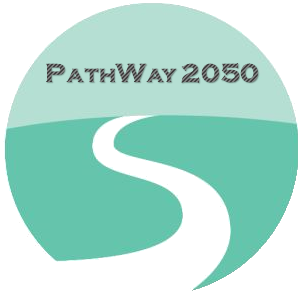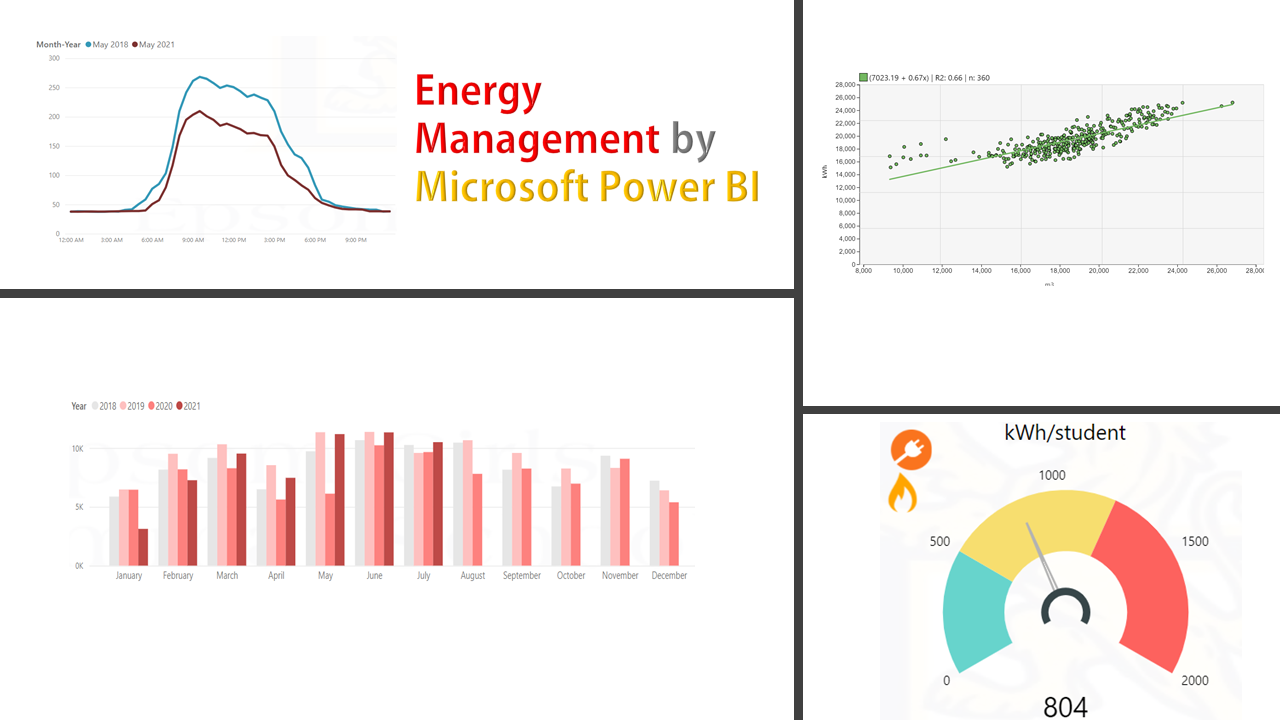In an energy management system, when it comes to ‘Planning’ which is the central part of this system, change management will become an intriguing issue. As we keep saying, the energy management system aims to improve the cultural behavior of the staff and key operational people, there is still a lack of addressing how and when people need to be informed about the prospective changes as a result of the Energy Management System, EnMS efforts. Given the fact that implementation of each of the ‘Action Plan’s would require people’s continuous engagement and collaboration, it is worth investigating how the process of change management may integrate into the ‘Planning’ process of the EnMS. It is apparent that if the staff are not keen to welcome/understand the benefits of the changes (action plans), any attempts toward the energy management system might fail or not achieve their intended outcome. Kubler-Ross ‘Change management curve’ ask us to understand what will happen when a change is put in place:

It is promising that in the recent edition of the ISO 50001:2018, the following sections have been introduced:
- 4.2 Understanding the needs and expectations of interested parties
- 6.1 Actions to address risks and opportunities
However, it has appeared the first section (4.2) is within the scope of ‘Context of the organization’ and has been illustrated as the step to be performed prior to the ‘Planning’. There is potential that the clause (6.1) (which is in the ‘Planning’ part) can be extended and interpreted as how we want to “inform”, “engage”, and “impact” the people of the organization by implementing a specific measure and then mitigate the risk of achieving the outcomes of the EnMS. The scheme below is the extended ‘Planning’ phase recommended to be added in the later edition of the standard or by then, practiced by the organization intending to establish an EnMS.

Example:
Suppose after investigating the energy-saving opportunities (e.g. energy audit), we come up with a list of action plans, one of which is ‘Optimising the schedule of pumping to improve the energy efficiency of a water intake station’ in a water treatment plant. While we have investigated how much saving could be achieved and assessed the project’s financial viability, we need to identify/predict the reactions of the operators who are going to follow the new procedures to make this happen! So it is advised throughout the ‘Planning’ process, the above strategy be followed and the results be documented along with the other technical and financial details of each action plan (change). Needless to say, that initiatives such as ‘Operational planning and control’ (section 8.1 of the standard can be also treated as ‘changes’ to which the above approach can be applied accordingly.

